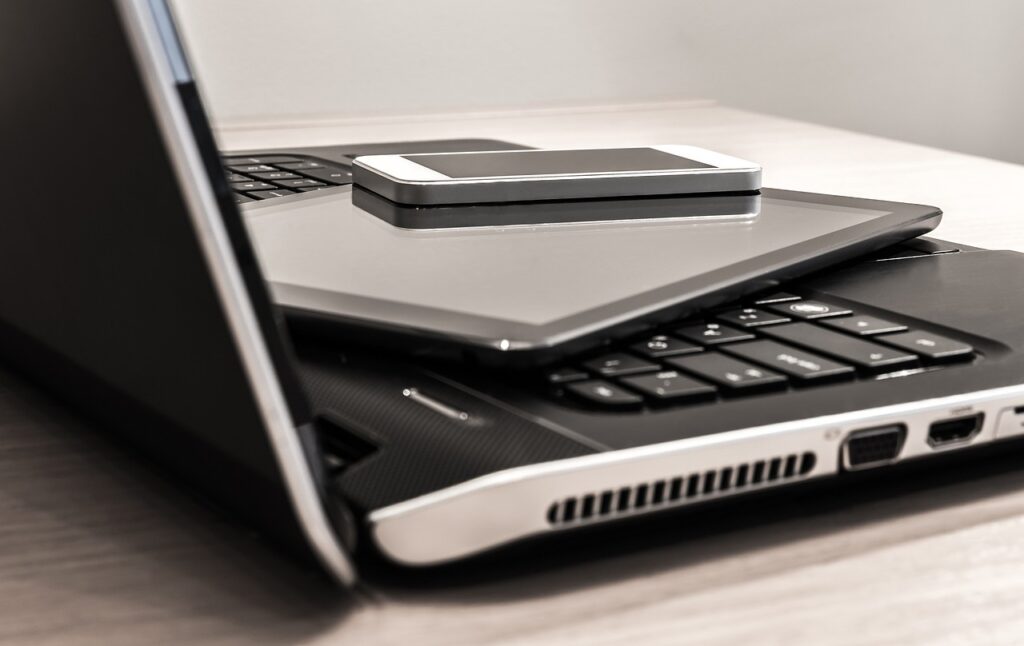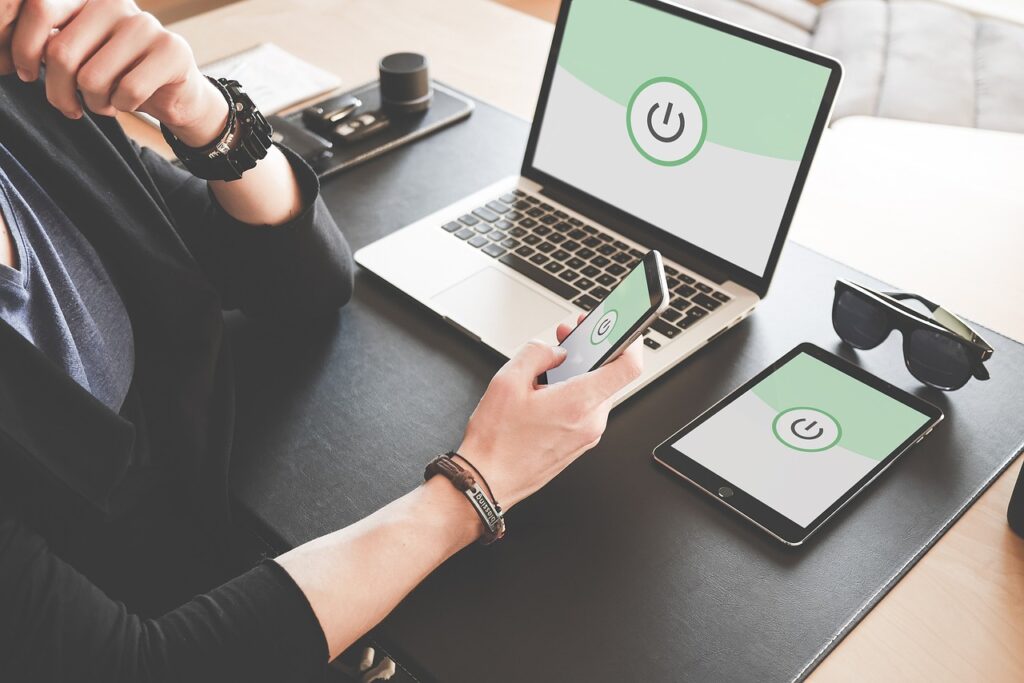Social Care and Care Management is Changing
Implementing change in any environment can bring with it challenges. Social Care is no different, as both the importance and presence of Digital Social Care Record initiatives, like that of the NHS DTF in the UK, is only set to increase in the coming years. So, that begs the question, how can Social Care Providers prepare themselves for implementing a Digital Care Planning and Management system within their organisations? Read on to learn some easy tips that will help your organisation to prepare for making the switch to Digital Care Planning!
Inform Staff About Changes to Care Planning
Change can always take some time for people to get used to, whether that be in their working or personal lives. However, change is made even more difficult for us to adapt to when it comes as a surprise and catches us off-guard. The same is true for making the change from paper-based records to a digital care planning and management system. Implementing a digital care planning solution is an important milestone for not only management, but also for your staff. After all, staff members will be using this digital tool in their everyday work and interactions with the people that they support. Therefore, it is important that you keep your staff up-to-date with the progress of the implementation of your digital care solution.
By openly sharing your intention to adopt an electronic care planning system with your staff, and providing them with some information about the chosen system, your organisation will be far better prepared for the forthcoming change. Open communication and honesty reflects the faith that you have in your staff and their abilities, which will only serve to strengthen their confidence for the forthcoming changes to the way in which they work.
As we discussed in a previous blog, change can often bring about uncertainty, particularly when that change is related to someone’s job. By keeping staff informed of the changes related to their way of work ahead of time, and what those changes will look like, you can help to prepare your team ahead of time and quell any fears that they may have about “going digital”. Granting staff members access to related training resources, or access to team members who can answer staff queries or discuss their concerns, will help them to become informed and feel more confident in their abilities ahead of making the switch to a Digital Care Management and Planning Software.

Having the Right Equipment to Adopt Social Care Software
Going digital means that stacks of paper no longer have to be ordered routinely to print people’s plans and other information relating to them. Going digital means that the information you record about people is more secure than on paper, stored physically behind lock and key, or forgotten on someone’s desk unchecked. However, in order to enable this switch away from paper-based records to digital care records, you will need the appropriate devices at hand to facilitate the use of your new Social Care software solution.
Prior to implementing a new Digital Care Planning System, you will need to take stock of what devices (staff mobile phones, tablets, laptops and PCs) your organisation possesses, and whether or not those devices will be sufficient and secure to enable your organisation to make the most of going digital.
With shared devices, there are a few things to consider. As an organisation, it is important to ensure security awareness in your staff to minimise the risks when using shared devices. The most basic of those tips is for staff to always log out of the system they use when they have completed their information recording, and to never save their personal passwords where others may access it on a shared device. In addition, shared devices may cause delays in data being up to date. With few devices to hand, staff may feel rushed and enter less information as a result, or they may simply not feel comfortable about typing on a hand held device – this is where text to speech comes in useful! When you ensure your staff are aware of the benefits of technology as well as the risks, you can can count on the accuracy and quality of the information that your staff are inputting. Correct, securely stored, and up-to-date data is not only beneficial for the people you support, but for the organisation as a whole in terms of strategic decision making and ensuring truly person-centred services.
By having enough devices to hand when your digital care journey begins (as well as a few spares for unforeseen circumstances!), your organisation will be ready to make the most out of your new means of Care Planning and Management, enabling higher quality, person-centred care for the people that you support, without having to worry about whether or not everybody is able to make use of your most recent investment!

Cybersecurity and Data Protection Measures for Care Providers
As with paper-based records, you will also need to consider and implement security protocols around data and information access when adopting an electronic care planning and management system. Legislation surrounding the handling and protection of people’s personal data can vary from region to region, with the General Data Protection Regulation (GDPR) being the key legislation in Ireland and the European Union.
The importance of upholding adequate security standards when it comes to handling sensitive data cannot be understated. Considering this, here are several basic measures that you can implement within your organisation to help you avoid security incidents and make you more resilient against cyberattacks:
- Install a Firewall: A firewall is a form of protection that screens the information being transmitted through your internet connection. Your laptop or PC more than likely came with a firewall programme installed, such as McAfee or Windows Defender. A firewall is easy to enable and should be enabled on all devices used within your organisation, so make sure to check your device’s settings and install a firewall programme. If you are unsure how to check the security settings, your in-house IT team, or IT consultant will be able to advise and guide you. The organisation you purchase your care management system will also gladly share industry best practice tips and suggestions to ensure you can make informed decisions when implementing technology.
- Separate Personal and Work Devices: One simple yet effective security measure to take within your organisation is to have dedicated work devices for staff. Personal devices open up security risks for personal data accessed outside of working hours, malicious software attacks by “cybercriminals”, and other (often unintentional) data leaks. Using “work-only” devices also allows management greater oversight of device security and access to personal data thus minimising the likelihood of inappropriate or unauthorised usage of devices.
- Use a VPN: A virtual private network, more commonly referred to as a VPN, is “a cybersecurity tool that encrypts your internet connection to hide your location and stop others from intercepting your web traffic.” Encrypting your data means that it makes it more difficult for somebody to access that data without authorisation, helping to keep you and the information held by your organisation safe. There are many VPNs available today at a relatively low cost, especially considering the massive costs that can arise as a result of cybersecurity breaches and unlawful access to the information that your organisation holds.
- Use Multi-factor Authentication (MFA): Multi-factor authentication is a means of users evidencing their identity when attempting to log into a service. The most common form of MFA is two-factor authentication (2FA), which you may have previously encountered when trying to log into your email account, whereby you are required to enter your password, followed by entering a passcode which is sent to your smartphone (or is generated every 30 seconds on your smartphone authenticator app). 2FA is among the easiest to implement, yet most important, security features that you can mandate within your organisation. MFA methods usually allows account owners to deny any login requests that they do not recognise, reducing the likelihood of unauthorised logins by ill-intentioned cybercriminals.
- Single sign-on (SSO): This measure involves users using just one login and password to access and login to multiple applications or websites. SSO offers a range of benefits to users, beyond that of only needing to remember one login, including users typically creating stronger passwords than if they are made to remember many, elimination of repeated (and with that, more vulnerable) passwords and password variations, among numerous benefits. You can learn more about single sign-on here.
- Password Managers (with complex password generation): Password generators are applications which store user’s passwords that they use for various websites and services, while also allowing users to have secure, strong passwords automatically generated for them. While password managers may involve fees, usually in a subscription-based format, there are free entry-level tier options which are a great place to start (such as Bitwarden’s free tier option), and the level of security and protection offered by password managers is invaluable compared to the costs that can arise out of lacking organisational digital security, with cyberattacks frequently creating huge costs for those organisations afflicted by them.

Implement a Digital Care Solution with ease through iplanit
Making the digital leap and implementing a Digital Care Planning and Management System of course brings with it challenges, but by implementing the tips that we have discussed in this blog, you can help your organisation to smoothly adopt a digital way of caring for people with minimal disruption to your operations, and with that, uninterrupted care delivery for the individuals that you support. To learn more about iplanit and how it can help enable your organisation to deliver high-quality, compromise-free, person-centred care, book a demo today using the form below – or email us – enquiry@aspirico.com !


